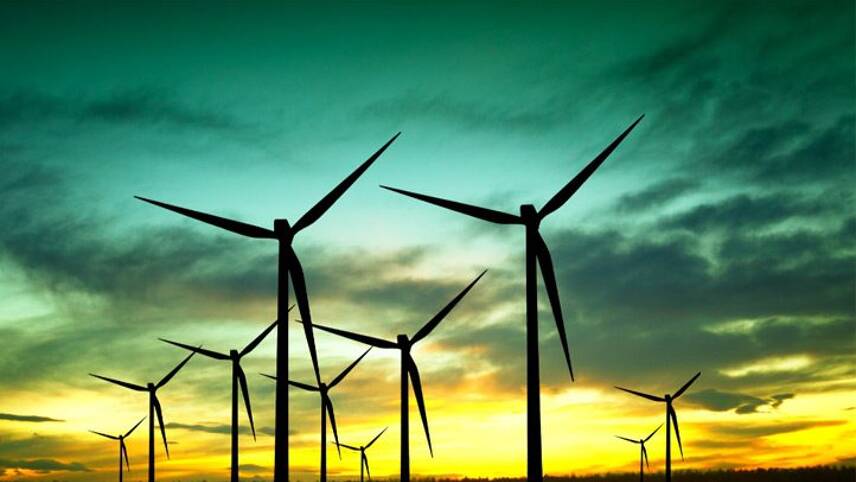Register for free and continue reading
Join our growing army of changemakers and get unlimited access to our premium content

The report recommends that all additional electricity generation capacity built from 2021 should be zero-carbon
That is the key conclusion of a new report from the Energy Transitions Commission (ETC), backed by 40 leaders from major energy companies, finance giants, high-emitting sectors like steel and transport and bodies such as the World Resources Institute (WRI). Corporate backers include the likes of ArcelorMittal, Shell, Tata Group and Volvo.
Entitled ‘Making Mission Possible: Delivering a Net-zero Economy’, the report urges policymakers to enact changes within the next decade that will help create zero-carbon energy systems with no permanent reliance on offsetting or carbon removal.
Under an overarching recommendation that no new coal-fired power capacity should be built and that all growth in electricity generation capacity should now be accounted for with zero-carbon sources – both because of the moral and environmental imperative to do so and the rapidly falling costs of renewables – the report outlines three transitions which must happen if the world is to deliver a net-zero transition which is politically acceptable, economically viable and for which the technologies exist.
First, energy efficiency measures and circular economy models must be dramatically scaled up – particularly in the global South – to improve living standards, cut the costs of the transition and ensure that technologies like hydrogen can be scaled up. Adequate policy provisions could cut the energy consumption of the automotive sector in half, the aviation sector by 30-45% and heat for buildings by 20-50%, it states.
This, compounded by increased investment from the private and public sectors, will help ensure that clean power generation capacity is installed at a pace five to six times higher than present levels, the report states. Most of this additionality will be accounted for by technologies which have already matured, such as onshore and offshore wind and solar PV. However, hydrogen will also need to be scaled up to reach 7,000-10,000 Mt of production annually and production processes will need to be decarbonized. Wood Mackenzie analysis found that less than 1% of hydrogen produced in 2019 was ‘green’ (i.e. produced using renewables). Biofuels and synthetic fuels must also be scaled up, but the report does not specify by how much. According to the ETC, fossil fuels do have a small role to play to 2050 and beyond.
Scaling up clean energy across harder-to-abate sectors of the economy like heavy industry, heat and long-distance shipping and aviation will take longer but is an equally important step, the report concludes. It states that electrification should be prioritized where possible across the built environment, heavy industry and transport sectors. Biomass and alternative fuels, coupled with carbon capture and/or nature-based solutions, should then be deployed to tackle remaining emissions, with strict requirements to ensure they are not creating unintended negative environmental consequences elsewhere.
The report concludes that these moves could collectively result in costs equivalent to just 0.5% of global GDP by 2050. Additional investments equivalent to 1-1.5% of global GDP will be needed annually through to 2030, but these will ultimately be resilient and contribute to economic growth, it states.
“Zero must mean zero, not a plan which relies on the permanent and large-scale use of offsets to balance continued GHG emissions,” ETC co-chair Adair Turner said. “But action in the next decade is crucial – otherwise it will be too late.”
Defining net-zero
The publication of the ETC report comes in the same week that the Science Based Targets initiative (SBTi) issued its first guidance on what will ultimately lead to the development of a new global standard to ensure that corporate net-zero carbon targets are aligned with climate science.
The SBTi has validated targets as 1.5C-aligned – a feat which the IPCC has stated will require the transition to net-zero by 2050 at the latest – for several years. It also improved its processes for helping businesses to develop such targets in the wake of the IPCC’s landmark report in 2018. The new targets will be fully aligned with the implications of this report for corporates and other up-to-date climate science.
Sarah George


Please login or Register to leave a comment.